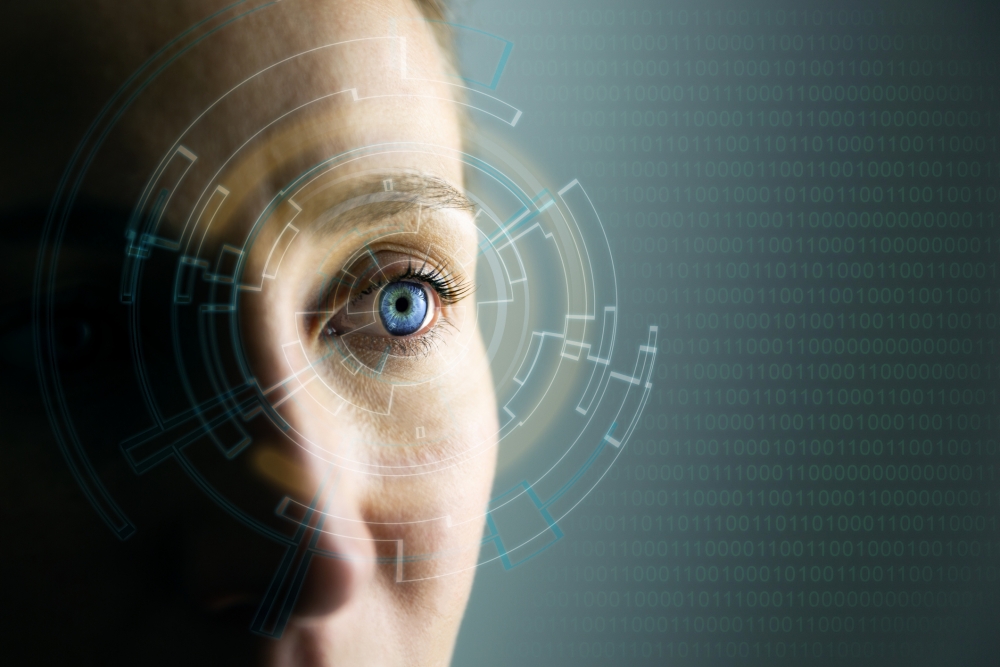Bionic Eye
Blog Credit: Trupti Thakur
Image Courtesy: Google
Bionics or biologically inspired engineering is the application of biological methods and systems found in nature to the study and design of engineering systems and modern technology.
The bionic eye consists of a retinal implant connected to a video camera that is built into a pair of glasses. The camera converts images into electrical impulses that activate remaining retinal cells. The cells then send visual information along the optic nerve to the brain, where is interpreted as an image.
These life-like creations can be made from PVC or a range of silicones and cover the prosthetic limb using a variety of methods, such as adhesive, stretchable skins, suction, form fitting, or a skin sleeve. For many amputees, having a limb that does not attract unwanted attention is very important.
Surgeons at Manchester and Moorfields made history in 2009 by delivering the world’s first trial of the Argus II bionic eye implants in RP.
The Gennaris bionic vision system has been designed by to bypass this damage, making it possible to treat many conditions for which other technologies have limited benefit. Gennaris is the brainchild of the Monash Vision Group (MVG) a collaboration between Monash University, Alfred Health, MiniFAB and Grey Innovation.
The bionic eye was created through a partnership between the Centre for Eye Research Australia, the Bionics Institute, CSIRO’s Data61 and the University of Melbourne.
The device bionic eye or retinal implant has been co-invented by Dr. Rajat N Agrawal, an assistant professor of clinical ophthalmology at the University of Southern California. He holds the patent for the device along with his colleagues.
OBJECTIVE:
The objective of BIONIC EYE is the same as to restore visual signal to whom suffering from eye disease such as retinitis pigmentosa. In this a video camera is integrated with a pair of glasses which will capture and process images.
ADVANTAGES:
Advantages observed in the use of bionic limbs are:
- The restoration of sensation
- Improved reintegration/embodiment of the artificial limb
- Better controllability.
Blog By: Trupti Thakur

13
MarIntroduction With Bionic Eye
Mar 13, 2023Recent Blog
The Open Weight Language ModelApr 03, 2025
Asia Cup 2025Apr 02, 2025
The CrocodilusApr 01, 2025
SARATHIMar 31, 2025
PM WANIMar 28, 2025




